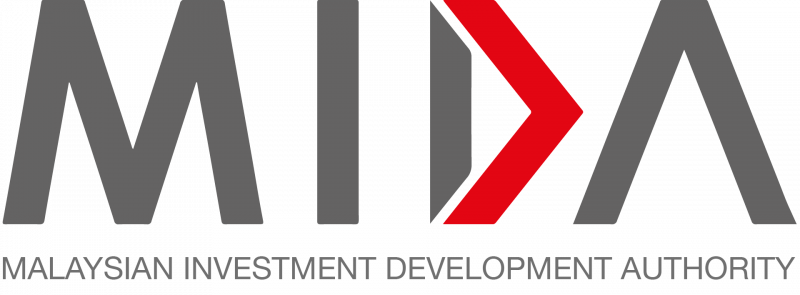What Malaysia wants to achieve through the 10-year Digital Economy Blueprint
19 Feb 2021
KUALA LUMPUR (Feb 19): Prime Minister Tan Sri Muhyiddin Yassin has unveiled the country’s Digital Economy Blueprint in a bid to catch up in the digitalisation race.
The 10-year road map aims to transform Malaysia into a digitally-driven, high-income nation and a regional leader in the digital economy.
The Digital Economy Blueprint will be implemented in three phases:
Phase 1 (2021 to 2022):
- To accelerate adoption towards strengthening the digital foundation needed for the rapid and smooth roll-outs of Phase 2 and Phase 3.
Phase 2 (2023-2025):
- To drive digital transformation and inclusion across the digital economy, emphasising inclusivity among the rakyat and all levels of businesses.
Phase 3 (2026-2030):
- To position Malaysia to become a regional market producer for digital products and digital solution providers.
According to the blueprint, the government has set the following targets:
By 2022:
- Cashless payment for all ministries and agencies;
- 80% of the public sector to use cloud storage;
- the chief information officer (CIO) to take on the role of the chief digital officer in every ministry;
- OSC 3.0 Plus online to be used by all local authorities (a system to present online applications for development plans, making payments online, and to enable the technical agency review these applications virtually and subsequently acquire outcomes through the system);
- 400 electronic payment transactions made per capita;
- a greater mandate for MAMPU (the Malaysian Administrative Modernisation and Management Planning Unit) to act as an adviser, project member or subject matter expert on nationwide digital-related projects.
By 2025:
- 100% of Malaysian households will have Internet access;
- online learning (My Device, My Digital Teacher Programme);
- the digital economy will account for 22.6% of Malaysia’s gross domestic product (GDP);
- to attract two to five unicorns with headquarters in Malaysia (a unicorn is a start-up with US$1 billion [or about RM4.04 billion] in valuation);
- RM70 billion in digital investment;
- 80% end-to-end government services to be available online;
- legislations relating to broadband as a basic utility at the federal and state levels to be streamlined by 2025 (among the laws to be reviewed are the Local Government Act 1976 and the Street, Drainage and Building Act 1974 [Act 133]);
- all ministries and agencies to use MyGDX (the Malaysian Government Central Data Exchange, a data sharing platform that provides data brokerage services for common data referred by government agencies; data sourced from original sources);
- all schools to have access to the Internet (identifying financing models with contributions from the private sector and civil society organisations (CSOs) to support the implementation of this initiative);
- the local data centre industry to churn out a revenue of RM3.6 billion;
- for Malaysia to have the highest number of submarine cables landing in Southeast Asia.
By 2030:
- Malaysia to become a regional market producer of digital products and a digital solution provider.
Read more stories on MyDigital here.
Source: The Edge Markets


